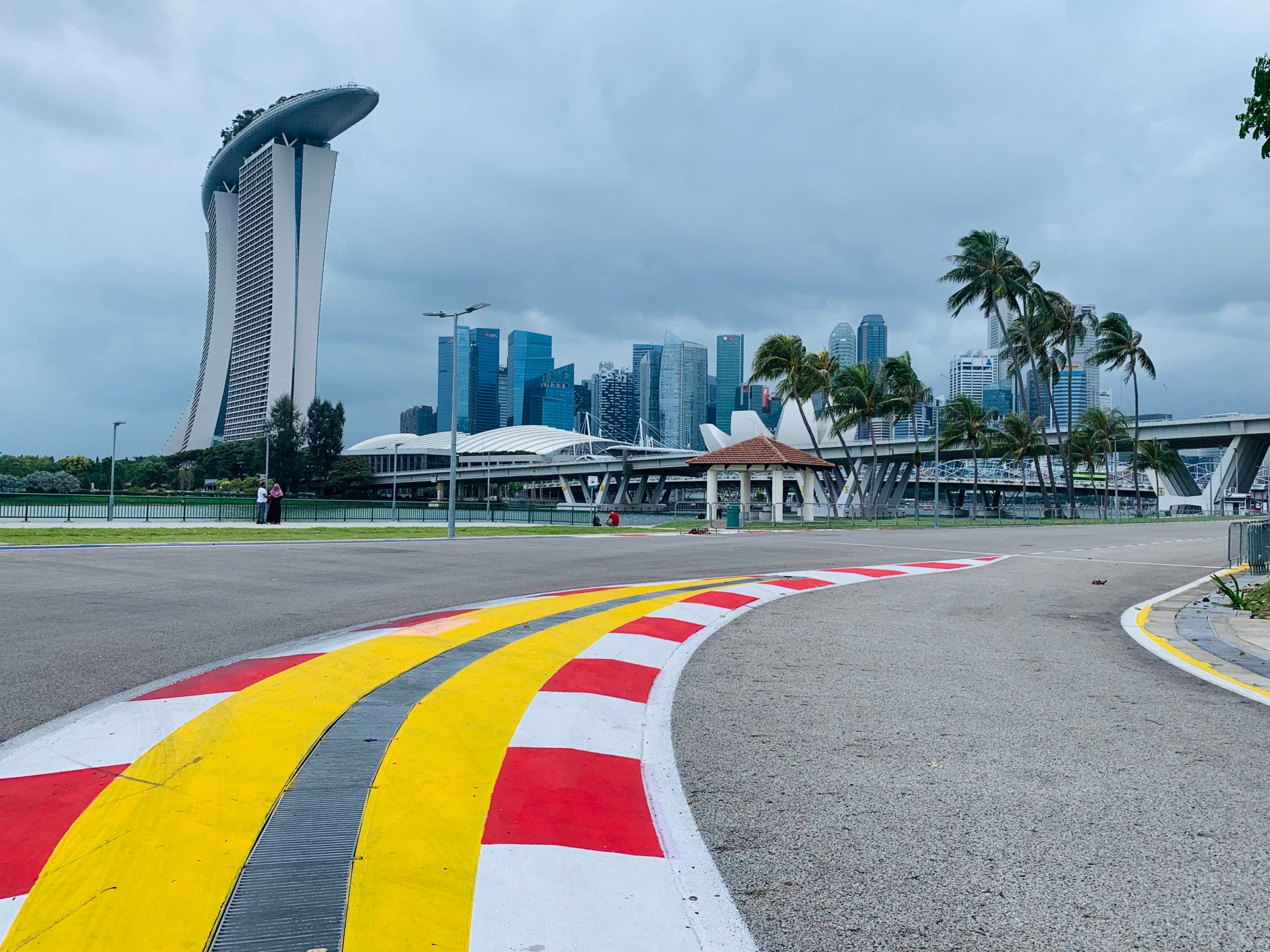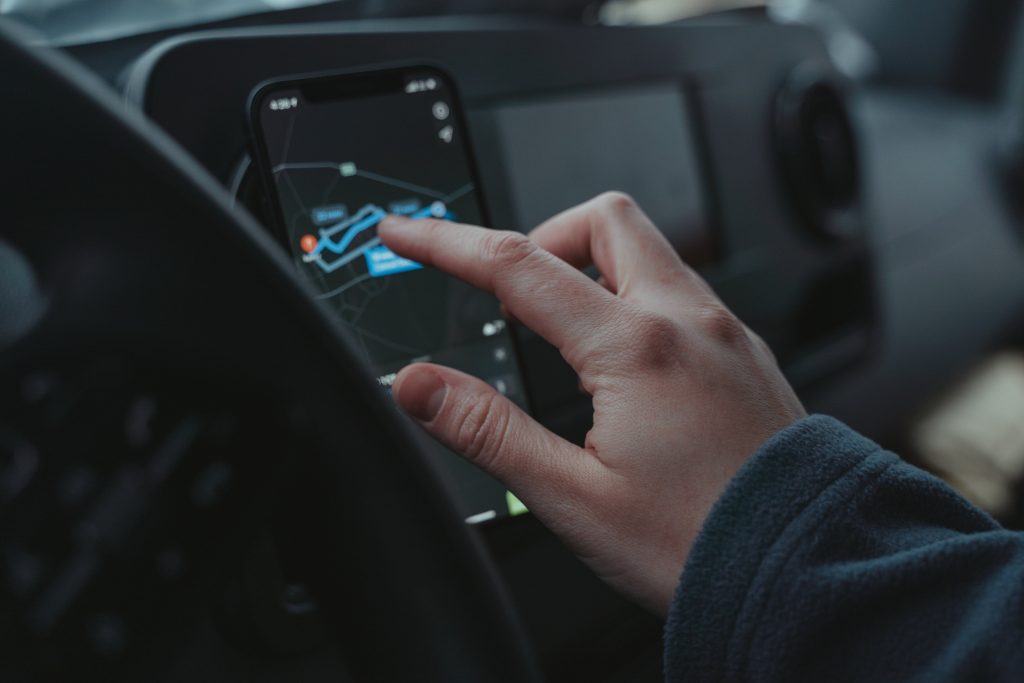Managing Traffic Congestion: A Leadership Approach in Singapore

- Singapore alleviates traffic congestion using technology like the Electronic Road Pricing system and advanced signaling.
- Eco-friendly cars are promoted to reduce carbon emissions and traffic, supported by extensive EV charging infrastructure.
- Innovative urban redesigns, including expanded road networks, effectively accommodate public transport and car traffic.
- Remote work policies have been implemented, reducing commuting and, thus, lessening traffic volume during peak hours.
- Remote work also brings other benefits, such as a healthier work-life balance and reduced overhead costs.
As one of the busiest cities in the world, Singapore has always been plagued with traffic congestion. A growing number of vehicles on the roads and the city’s small landmass have made traffic flow a big issue for residents and businesses.
Managing traffic congestion requires a comprehensive approach, including technological advancements and a leadership approach. This blog post explores how Singapore’s leaders approach the issue and the tactics they use to manage traffic congestion effectively.
Use of Technology
One of the primary ways Singapore’s leaders tackle traffic congestion is by using technological advancements. Singapore is one of the few cities worldwide to implement an Electronic Road Pricing (ERP) system. The ERP system uses sensors and cameras to monitor real-time traffic flow. It facilitates a dynamic pricing system that varies toll fees based on real-time traffic conditions. ERP has drastically reduced traffic congestion and has turned traffic into a manageable affair. The real-time toll fees are an excellent incentive to balance traffic volume, making the roads less congested for daily commuters and enhancing urban mobility.
Follow the Lead of SMRT
Businesses should follow the lead of the SMRT Chairman, who leveraged technology to enhance the company’s services. Mr. Seah Moon Ming has worked with Ngien Hoon Ping, the SMRT CEO, to maintain the quality of SMRT services in the island nation. They looked at ways to improve the customer experience, especially during peak travel hours. The two officials have shown a keen interest in leveraging technology to alleviate traffic congestion. They have implemented advanced signaling systems and smart networks better equipped to manage and mitigate issues like train delays, which can impact traffic flow.
Use of Eco-Friendly Cars
Another approach by Singaporean leaders to manage traffic is encouraging environmentally responsible cars. Singapore is known for its strict regulations that make owning a vehicle relatively expensive. Recently, the country’s leaders have actively encouraged car owners to use environmentally responsible cars. The government has reduced taxes on cars that emit lower carbon emissions, incentivizing car owners to switch to more environment-friendly vehicles. This initiative has increased the number of electric and hybrid cars on Singapore’s roads, reducing carbon emissions and easing traffic congestion.
Broader Environmental Objectives
Encouraging eco-friendly cars is an effective strategy to manage traffic congestion and aligns with Singapore’s broader environmental objectives. Hybrid and electric vehicles consume less fuel and produce fewer emissions, ensuring that the city’s air quality is maintained even with a dense concentration of cars.
Extensive Infrastructure
Furthermore, the government has constructed numerous electric vehicle (EV) charging points across the city. This extensive infrastructure development eases the transition for car owners, assuring them of the convenience and feasibility of owning an EV.
Redesign Urban Spaces
Managing traffic congestion can only be done by redesigning urban spaces. Singapore has taken an innovative approach by designing urban spaces that accommodate cars and public transport. The government has created several spaces favoring public transport but also allocating sufficient space for cars.
New Road Networks
The construction of new road networks and widened roads is part of the innovative approach, and it ensures that traffic congestion is a minor issue. The urban areas have been converted into strategically designed spaces, allowing the public to move around quickly with minimal disruptions. The government’s decision-makers are proactively addressing traffic congestion as the city continues to grow and develop.
Opportunities for Remote Work
Another leadership approach to managing congestion is creating more opportunities for remote working. During the recent pandemic, working from home became the norm, and this has helped relieve traffic congestion. Studies show that converting to remote work has resulted in a considerable reduction in traffic volume.
Create a Framework
Singapore’s leaders have taken advantage of this opportunity by creating a framework for more employees to work remotely. The country has supported the new trend’s growth and adoption by establishing flexible and supportive policies to balance work-dependent mobility and a stable urban network.
Flexible Work Hours
Remote work further offers an opportunity to examine and shift traditional working norms. Flexibility in work hours and location results in decreased commuting, thereby reducing traffic congestion during peak hours. Additionally, employers can access a larger pool of talent not limited by geographical constraints. At the same time, employees can enjoy a healthier work-life balance.
Apart from these, remote work also allows businesses to reduce overhead costs on office spaces and other resources. It is a testament to Singapore’s commitment to innovative and sustainable solutions that they have embraced remote work as a temporary measure during the pandemic and as part of their long-term strategy to manage traffic congestion and promote a more balanced urban lifestyle.
Managing traffic congestion is a complex problem. But, with Singapore’s innovative and technological approach to building a flexible transportation system, the country has remained at the forefront of urban mobility. As the country continues urbanization, Singapore must be a role model for other cities to emulate. With leaders committed to creating a balanced and sustainable urban system, Singapore successfully tackles traffic congestion, leading to a more liveable metropolis. Innovative ways such as integrating technological advancements, encouraging environment-friendly vehicles, redesigning urban spaces, and facilitating remote working opportunities can enhance traffic flows, increase urban mobility, and reduce carbon footprint.



